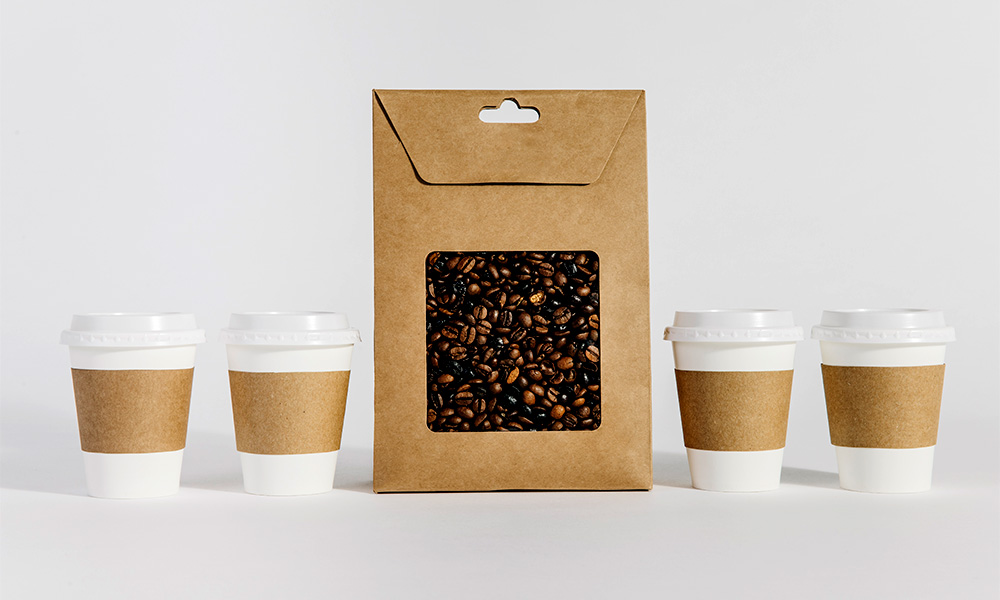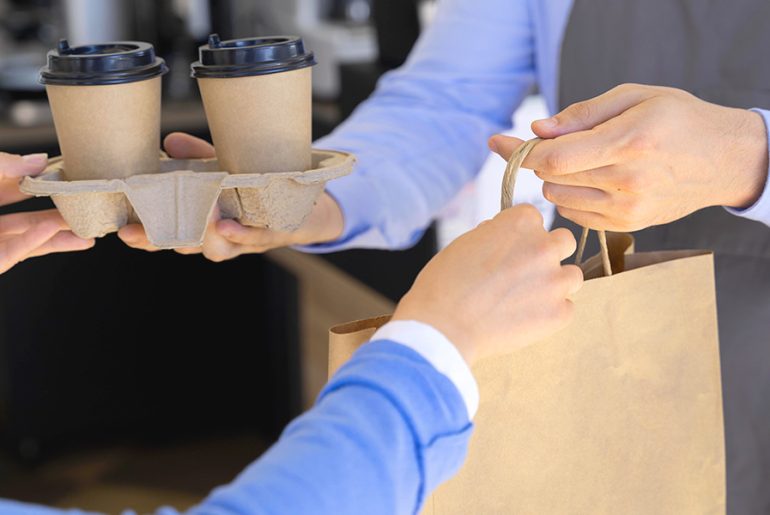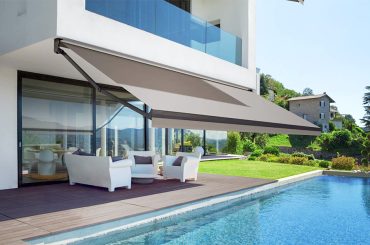Pappedeckel has transformed modern packaging solutions by combining environmental consciousness with functional design excellence. This German-originated cardboard lid represents more than just a simple cover it embodies the shift toward eco-conscious alternatives that are transforming how we think about everyday packaging solutions.
The term pappedeckel combines two German words – “Pappe” meaning cardboard and “Deckel” meaning cover – creating a product that represents both eco-friendly innovation and practical functionality. As businesses and consumers increasingly prioritize sustainable practices, this unassuming cardboard disc has found its place at the forefront of the green packaging movement.
What is Pappedeckel?
Pappedeckel is a thin, flat cover made from pressed cardboard, usually shaped like a circle or a rectangle. These versatile covers are designed to fit securely over various containers, including coffee cups, food containers, beer steins, and takeaway packaging. The construction typically involves multiple layers of recycled paper fibers that are pressed together to create a sturdy, moisture-resistant barrier.
The manufacturing process emphasizes sustainability, with most pappedeckel products containing 70-100% recycled content. This composition makes them completely biodegradable and easily recyclable, addressing the growing environmental concerns associated with plastic alternatives.
Historical Origins and Evolution
The story of pappedeckel dates back to early 20th-century Europe, where German cafés and beer gardens first adopted these cardboard covers as practical solutions for outdoor dining. Originally used to protect beverages from dust, insects, and weather elements, the pappedeckel quickly gained popularity throughout German-speaking regions.
During the post-World War II economic recovery, the demand for cost-effective packaging solutions led to mass production of these cardboard lids. German manufacturers refined the production techniques, creating stronger and more versatile versions that could withstand various environmental conditions.
The 1970s environmental movement brought renewed attention to the pappedeckel as an eco-friendly alternative to plastic covers. This period marked the beginning of its transformation from a regional German product to a globally recognized sustainable packaging solution.
Environmental Benefits and Sustainability
Biodegradability and Composting
Unlike plastic lids that can persist in landfills for centuries, pappedeckel breaks down naturally within 90-180 days under proper composting conditions. This rapid decomposition significantly reduces environmental impact and supports circular economy principles.
Reduced Carbon Footprint
The production of pappedeckel generates approximately 60% fewer carbon emissions compared to equivalent plastic lids. The manufacturing process requires less energy, primarily because recycled paper fibers need minimal processing compared to virgin plastic production.
Water Conservation
Making pappedeckel uses 40% less water compared to making plastic lids. Modern production facilities have implemented closed-loop water systems that further minimize environmental impact.
Modern Applications and Uses
Food Service Industry
Food service businesses including restaurants, coffee shops, and mobile vendors increasingly use pappedeckel to cover takeout boxes, beverage cups, and prepared meals. The natural barrier properties help maintain food freshness while providing an attractive, brand-friendly surface for printing logos and designs.
Event Management
Event organizers at festivals, concerts, and outdoor venues choose pappedeckel to ensure food safety while minimizing disposal expenses. Their small size and ability to stack easily make them good for storing large amounts and moving them quickly.
Retail Packaging
Bakeries, delicatessens, and specialty food stores use pappedeckel to protect products during transport and display. The material’s grease-resistant properties make it particularly suitable for baked goods and prepared foods.
Manufacturing Process and Quality Standards
Raw Material Selection
High-quality pappedeckel begins with carefully selected recycled paper fibers, typically sourced from post-consumer waste streams. The fiber composition determines the final product’s strength, moisture resistance, and printability.
Pressing and Forming
Industrial presses apply precise pressure and heat to bond the paper fibers into uniform thickness. This process creates the characteristic density and durability that distinguishes quality pappedeckel from standard cardboard.
Quality Control Measures
Modern manufacturing facilities employ automated testing systems to ensure consistent thickness, moisture resistance, and structural integrity. Every production batch receives thorough evaluation to meet food grade requirements and eco-friendly certifications.

Economic Impact and Market Growth
The global pappedeckel market has experienced remarkable growth, with annual increases of 8-12% over the past five years. European manufacturers lead production, exporting to over 40 countries worldwide.
Cost analysis reveals that while pappe deckel may have slightly higher upfront costs compared to plastic alternatives, the total cost of ownership, including disposal and environmental compliance, often favors cardboard solutions.
Small businesses particularly benefit from the competitive pricing and reduced regulatory compliance costs associated with eco-friendly packaging choices.
Innovation and Future Developments
Smart Packaging Integration
Researchers are developing pappe deckel with embedded sensors for temperature monitoring and freshness indication. These innovations maintain the material’s biodegradable properties while adding smart functionality.
Enhanced Barrier Coatings
New bio-based coatings improve moisture and grease resistance without compromising compostability. These developments expand pappedeckel applications to previously challenging food categories.
Customization Technologies
Advanced printing and embossing techniques allow businesses to create unique branded pappedeckel designs that enhance customer experience while maintaining environmental benefits.
Challenges and Solutions
Moisture Sensitivity
Traditional pappedeckel can lose structural integrity when exposed to excessive moisture. Manufacturers have addressed this through improved fiber treatment and bio-compatible coatings that maintain performance in humid conditions.
Cost Considerations
While pappedeckel pricing has become more competitive, some businesses still perceive higher costs compared to plastic alternatives. Industry initiatives focus on demonstrating long-term value through reduced waste management expenses and positive brand association.
Supply Chain Optimization
Growing demand has occasionally created supply constraints. Manufacturers are investing in production capacity and regional distribution centers to ensure consistent availability.
Best Practices for Implementation
Storage Requirements
Storing pappedeckel in a dry place with stable temperatures helps keep it fresh and works better over time. Businesses should implement first-in-first-out inventory rotation to maintain product quality.
Staff Training
Employees handling pappedeckel require basic training on proper application techniques and storage procedures. This investment ensures optimal performance and customer satisfaction.
Customer Education
Successful pappe deckel implementation often includes customer education about disposal methods and environmental benefits. Proper labeling with waste disposal guidance helps maximize the eco-friendly benefits.
Conclusion
The pappedeckel has evolved from its German origins to become a leading eco-friendly packaging solution. This simple cardboard lid shows that being eco-friendly and practical can go hand in hand.
As businesses seek alternatives to plastic packaging, pappedeckel offers a cost-effective solution that meets both operational and environmental needs. With ongoing innovations in manufacturing and coating technologies, pappe deckel continues to play an important role in creating a more sustainable packaging future.






